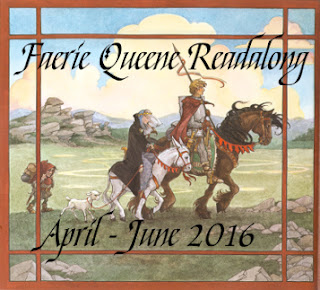The Silence of the White City
It's a mystery novel set in Basque country! This was my second WIT month title, but obviously I wasn't able to finish it in August. At least it is actually a translated book, though!
Twenty years ago, a series of bizarre, ritualistic murders terrified the city of Vitoria. The culprit turned out to be a charismatic TV host, and he was turned in by his own twin brother. Now, the murders have started again, but with the original suspect still in prison, who could be committing them? Inspector Unai Ayala and his partner are on the case, but clues are few. Ayala thinks it has something to do with a medieval church in the country, San Vicentejo, which has a symbolic carving portraying the "alchemical marriage." Ayala must dig into the past to find his quarry before more people are killed.
This is a very long mystery, and it took m a while to get into it. Flashback chapters tell a story from 40 years in the past, and it's not immediately apparent why. There is a remarkable amount of adultery or other shenanigans, and I could have done without some of it.
 |
| By Eltitomac CC BY-SA 3.0, Link |
 |
| carved figure on the outside of the church, above the center arch |
The story takes place in Vitoria and surrounding areas, and Saenz puts in lots of exact detail. I'm sure you could walk the novel's city locations and drive to many of the rural ones, although she has taken liberties with the locations of one or two landmarks. Three rural churches are supposed to make an isosceles triangle, and as far as I can tell they do no such thing (maybe I'm wrong!). This carved figure is described as showing the people with their hands on each others' cheeks, and I can't see it, can you? But on the whole, you can find every location on the map.
Early on in the book, the protagonist goes through the area behind the cathedral, passing a statue of Ken Follett. What is such a thing doing there? Well, I gather that Follett wrote a book that brought a lot of attention (and tourism!) to Basque country, and so they put up a life-size statue of him. This strikes me as pretty jarring, but what the heck, have a statue of Ken Follett, sure.
The bee (there are bees) and alchemical marriage themes popped up in my other reading, too, while I was in the middle of this novel. I re-read an old children's favorite, Linnets and Valerians by Elizabeth Goudge, and bees play a major part in that story. I also started chapter 4 of Extraordinary Popular Delusions and the Madness of Crowds, which is a history of the practice of alchemy (and incidentally long enough to be a book all on its own; this chapter is 250 pages). There is a lot about how alchemists believed that every metal was made from a mixture of mercury and sulfur (the 'marriage') -- gold was the pure combination, and all other metals contained traces of other substances. So the idea was to get the impurities out and the proportions right, for which you needed the philosopher's stone, and then you'd have gold. Or something like that. And then I read The Box of Delights (review coming soon!) and it's got alchemists too!
Anyway, it did take me a while to get into this novel, but I wound up engrossed. Once I got to know everybody and got the lay of the land, it became a gripping mystery. Saenz wrote two other Ayala novels -- this is the first of the White City trilogy -- which have all been translated into English now, and it looks like they all focus on strange murders intertwined with history. I'm sure some TV producer is itching to produce a lavish series featuring lots of Basque scenery (oh, it already happened in Spain, but we still need an English version starring the British celebrity of the moment!).
I keep forgetting to officially join RIP, but this novel counts for it!





Comments
Post a Comment
I'd love to know what you think, so please comment!